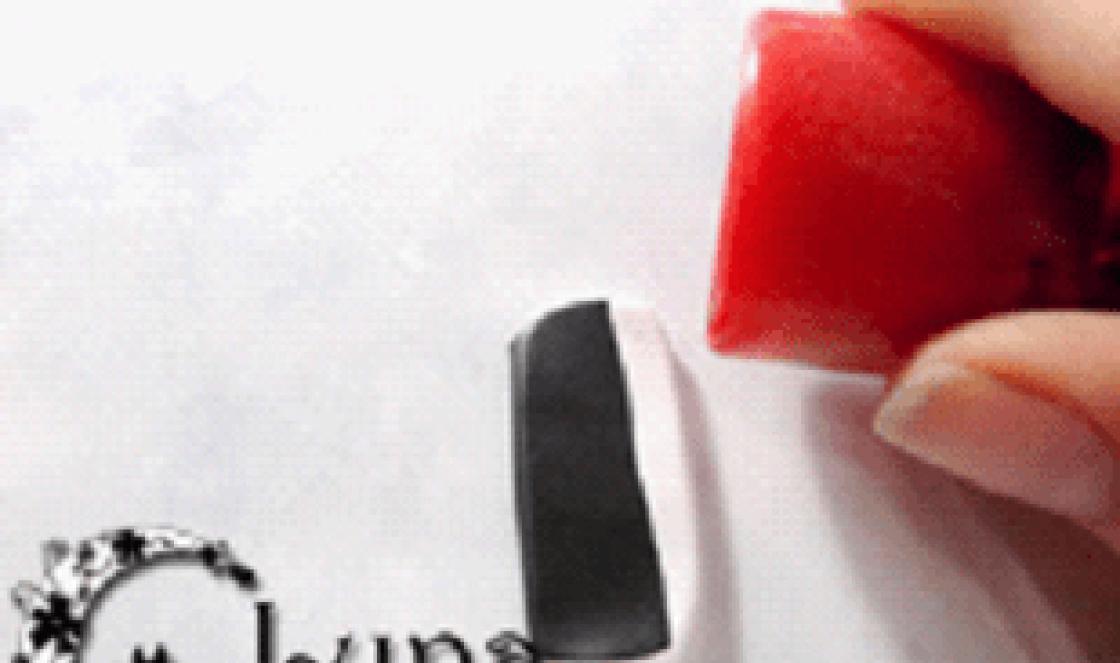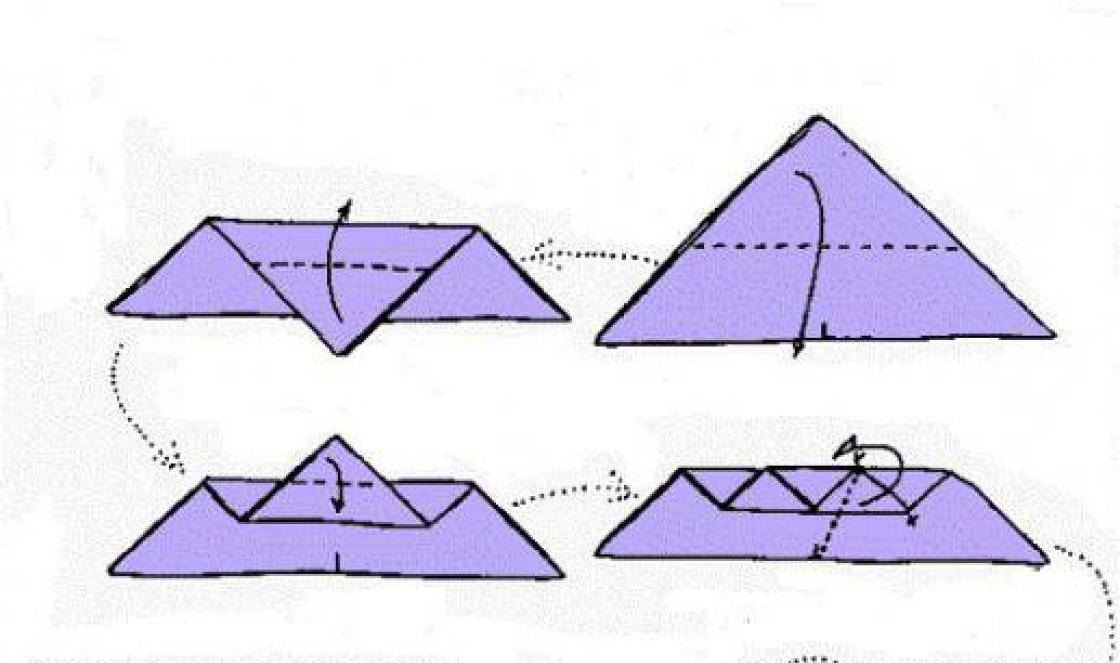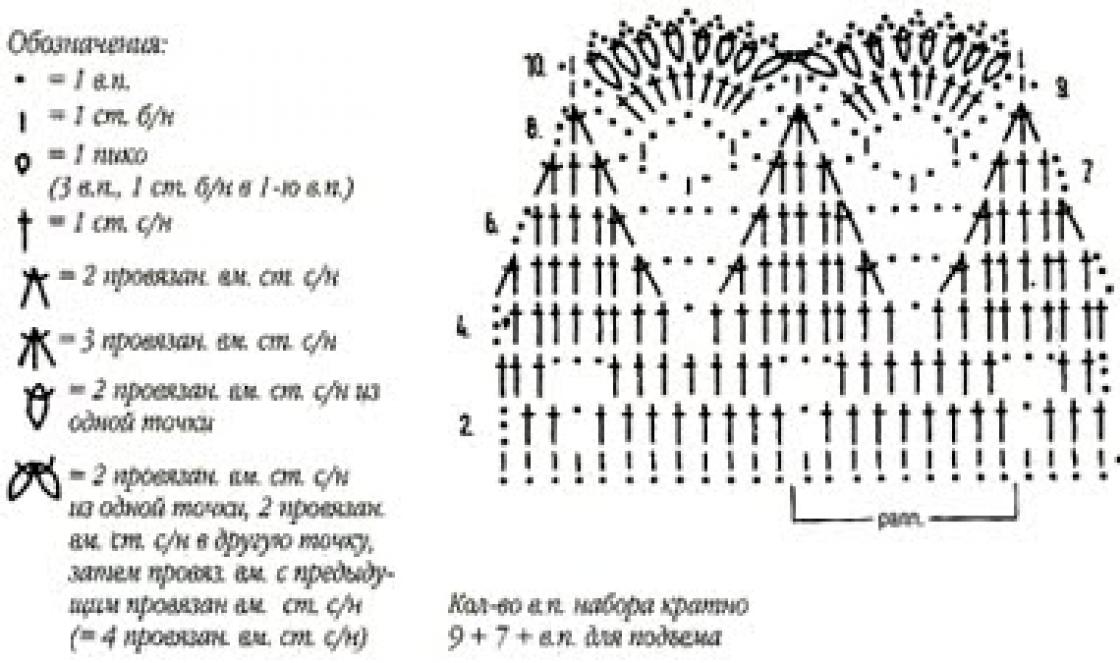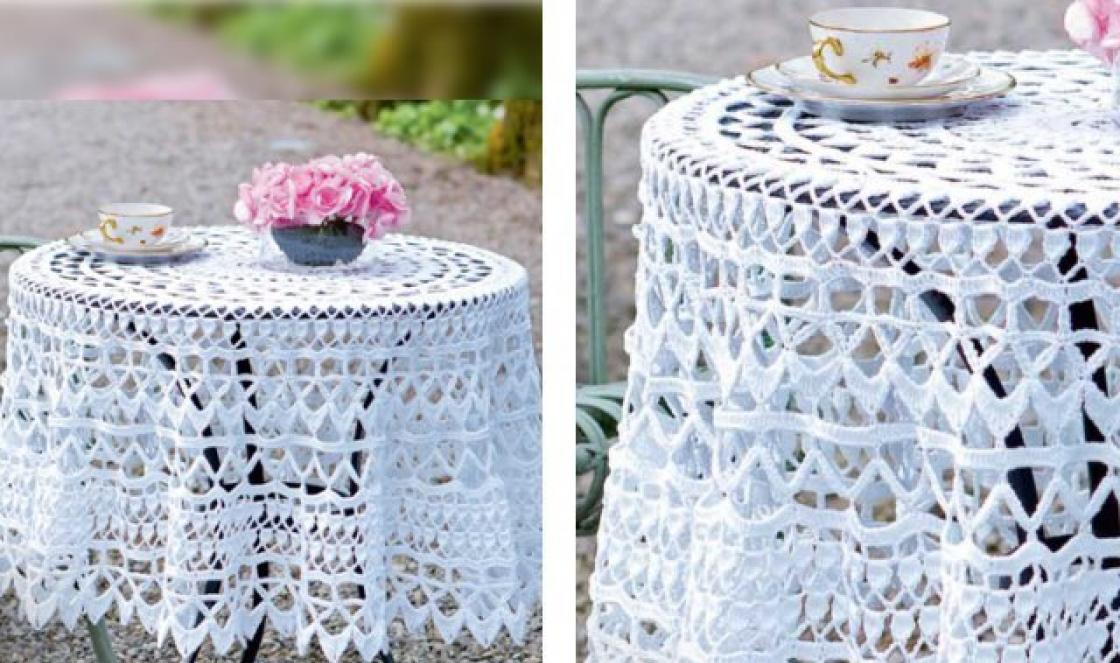Master class on making a Gothic cathedral using the Kirigami technique.
Dumler Tatyana Petrovna, teacher fine arts MAOU gymnasium No. 56 in Tomsk
Purpose: This work is intended for little artists who like to use different materials; for their teachers and parents.
Target: making the facade of a Gothic cathedral from paper.
Tasks:
- introduce the kirigami technique;
- develop accuracy and perseverance;
- develop imagination, spatial imagination, love of creativity.
Materials: sheet of white paper, scissors, pencil

Today we will get acquainted with the features of Gothic architecture.
The words “Gothic” and “Gothic” come from the name of the warlike barbarian tribe of the Goths, who dealt a mortal blow to the great Roman Empire. Medieval art began to be called Gothic because people then thought this art was rude, barbaric, and not similar to the usual ancient art.
In the Middle Ages, the power of the church was so great that even kings were forced to submit to it. Religion required a person to renounce everything earthly; he had to think only about God. And people began to build temples of unprecedented architecture. The high vaults of the cathedrals, the colored stained glass windows through which rays of light poured, the solemn sounds of the organ - all this captured the imagination of people, instilled in them the idea of the holiness of divine power, and turned them to religion.
Gothic style originated in the middle of the 12th century in northern France; in the 13th century it spread to the territory of modern Germany, Austria, the Czech Republic, Spain, and England.

The main decoration of the city was the cathedral, which was built over tens and sometimes even hundreds of years. Gothic cathedrals seem light and transparent from the many huge windows. They seem to be woven from stone lace. Steep slopes of roofs, pointed arches, high towers topped with thin spiers - everything creates the impression of a rapid rush into the heights. The height of the towers of the largest Gothic cathedrals reaches 150 meters.

Buildings in gothic style They were usually built in big cities - they are easily recognizable by their pointed arches, high pointed towers, large windows with stained glass images on biblical themes. A sunlight penetrating into the temple through them created unique light effects.


In the Middle Ages, the skill of masons greatly increased, which made it possible to create complex architectural forms and enormous size of buildings. Typical early (French) Gothic buildings had a central portal with large rose windows above them.

I propose to my students to make the facade of a Gothic cathedral using the Kirigami technique. Kirigami is a type of origami that, unlike its other types, allows for cutting out individual paper parts using scissors. On Japanese this word means nothing more than cutting paper (kami - paper; kiru - cut).
This unusual and fascinating art is quite young. Its founder is considered to be the Japanese architect Masahiro Chatani, who was the first to decide to make a couple of cuts on a paper figurine to make it fold more easily. The Kirigami technique is widely used by many designers when decorating interiors, creating various decor, and also when decorating gifts.
For work we will need a piece of white paper, scissors and a pencil. We repeat the rules for working with scissors and get started!
Fold the sheet in half. The result is a book. It will need to be divided into three equal parts (you can use a ruler) and bent.

Smooth out the fold lines well.

Next, unfold the sheet and fold it into an accordion along the fold lines.

Take the central part of the accordion in your right hand, and turn the side parts out and connect them together. They are on the left.

Using a pencil, outline the contours of the central part of the tower and the side parts.

We cut along the contour, combining the side parts for a neat symmetrical cutting.

Now we will outline the portal - the decoratively decorated entrance to the cathedral. The arc line on the right side is marked with a pencil.

We make a cut along this line. We bend it. It is important to smooth out the fold line; I bend it in one direction and the other.

We return the door to its place and make two more parallel cuts to the fold line.

Let's repeat the same on the left side. We outline an arc line, make a cut, and bend it.

It is better to cut two side parts together at once. Then we add two parallel arc lines and cut to the fold line.

Now we will outline the window openings - tall, narrow, arched. We draw two lines above the portal - a straight line at the bottom and an arc at the top.

We cut, bend, smooth the fold line well.

Let's make more windows on the left side, making it a little more complicated. Two pairs of lines, one larger, the second inside smaller.

We make cuts along the lines, bend them in different directions, and smooth them out.

And let's try to depict a rose - a large round window, often found on the facades of Gothic cathedrals. Draw a semicircular line.

The easiest pattern to cut out is triangles. We outline them and collect them in the center of the window.

Cut it out.

We have outlined the most basic architectural elements. You can further complicate the façade, add a pinnacle (decorative turrets), cut a wimperg (a pointed gable above a portal or window opening), or any appropriate cuts. But this is at the request of each author individually. And we unfold our workpiece and prepare for the next stage.

If all the fold lines are well smoothed, then the folding process will be easy and fun. Press on the middle of the central window and bend it inward.

Repeat the same with the side windows.

Bend the doors inwards too. Smooth out the fold lines.

We made cuts above the doors, this is an imitation of numerous arches above the portals. Bend one inward.

Let's look at how you can make a window with a more complex shape on the sides. Press on the center, bend, smooth.

From the inside we press on the center of the small windows and bend and smooth them out.
Hello to everyone who loves to create real works of art out of paper using a stationery knife, stylus and glue! Today we are publishing for you a selection of 9 best schemes architectural structures for.
Let us remind you that Kirigami is the art of creation. paper crafts related, it is also called Paper architecture(Origamic architecture). However, when creating paper models, unlike it, cutting and gluing paper is used.
On Kirigami schemes Basically, three types of notation are used:
- The solid line indicates where the paper is cut.
- The dotted line is the place where it bends inward, i.e. to the center of the sheet.
- A line consisting of dots is where it bends outward.
To cut paper, use a stationery knife or scalpel (be sure to place a special mat or old magazines under the sheet, this will avoid damage to the table).
A metal ruler is used as an auxiliary tool. With its help, even long cuts. And also, to create even bends, a stylus is used.
Any glue will do, but it is better to glue with a glue stick, which does not leave marks and does not wrinkle the paper.
Kirigami architecture diagram
Print your favorite diagram of an architectural structure and in technology kirigami cut, bend, glue!
Kirigami - cottage

Kirigami - Staircase in the Castle

Kirigami - stairs

Kirigami - home

Kirigami - Eastern Palace

Kirigami - Fortress

Kirigami - Square Pyramid

Now we will look at the topic of how to create templates kindergarten, multi-storey or private house, as well as a school and a future classroom in it made of paper.
It is difficult to learn how to create really complex projects, but it is in your power and interests to assemble a decorative model of a building on a scale of 1:50, having previously drawn on a piece of paper the outlines of the details and facades of the buildings, as well as the entire roof and frame. You can print templates and layouts of structures yourself.
How to make or build a three-dimensional house, apartments and rooms in it? The technology itself is not complicated, but it may seem difficult for the first time, especially for children, so we are sharing step by step how to do it. To make a house model with your own hands, you will need plywood six mm thick, as well as materials for creating facades, partitions and a roof. We will make the frame of the house from plywood and lay it out on a smooth surface.

Gallery: layout of a paper house construction (25 photos)























We create a layout for a house model with our own hands
 The process of creating regular flat patterns no less interesting than working with ready-made samples. To do this, you will need a graphics program installed on your PC. It is best to take CorelDraw or a similar program that processes vector images.
The process of creating regular flat patterns no less interesting than working with ready-made samples. To do this, you will need a graphics program installed on your PC. It is best to take CorelDraw or a similar program that processes vector images.
In it, with an increase or decrease in the size of the picture, the size of the lines and the textures themselves change in the same ratio. This helps to get real images. And the library of textures included in its shell is huge.
By filling the development detail with texture, you can get a ready-made visual appearance of the main details of the layout . The whole process, including pouring the scan particles a certain texture, applying certain effects and architectural details, as well as inserting pictures from a library of symbols, will take from ten minutes to half an hour, if the structure is not complex. Let's make a scan on our printer and start prototyping.
Creation of complex paper products
The process of creating complex, huge house models is not much different from that described earlier. It’s just that such developments are made for individual parts composite layouts. A group photograph of the entire assembly of such a layout shows its individual parts and the assembly diagram.






